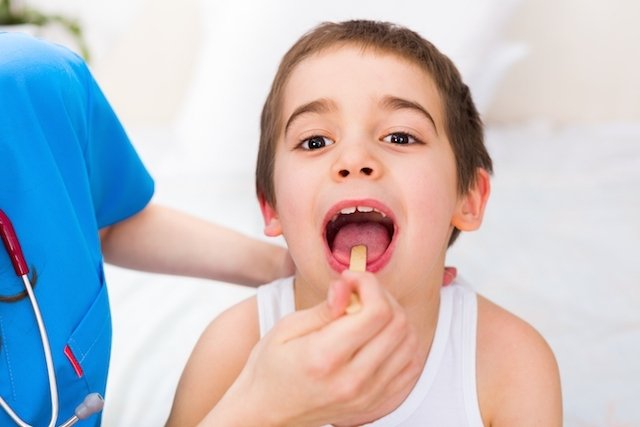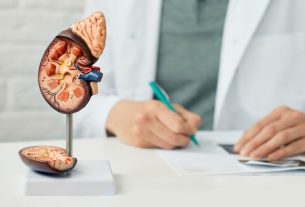Poliomyelitis (infantile paralysis) is an infectious disease caused by the poliovirus, which usually lives in the intestine, but which can reach the bloodstream and, in some cases, affect the central nervous system, causing paralysis of the limbs, motor changes and may even cause the death.
The polio virus is transmitted from one person to another through contact with secretions, such as saliva, but it can also be transmitted through consumption of contaminated water or food, affecting children more frequently, especially if there are poor hygiene conditions.
Although there are currently few reported cases of polio, it is important to vaccinate children up to the age of 5 to prevent the disease from reappearing on a major scale and the virus being able to spread to other children. Learn more about the polio vaccine.

Polio symptoms
Polio symptoms vary depending on the type of infection:
1. Non-paralytic polio
There is no development of paralysis, but symptoms such as:
- Low fever;
- Headache and back pain;
- General malaise;
- Vomiting and nausea;
- Sore throat;
- Muscle weakness;
- Pain or stiffness in the arms or legs;
- Constipation.
2. Paralytic polio
In a few cases, a person can develop a severe and paralytic form of the disease, in which neurons in the central nervous system are destroyed, causing paralysis of the limbs and loss of strength and reflexes.
In even rarer situations, if a large part of the central nervous system is compromised, it is possible for even more serious consequences to appear, such as loss of motor coordination, difficulty swallowing and even respiratory paralysis, which can put life in jeopardy. risk.
How transmission happens
Polio is transmitted from one person to another, as the viruses are eliminated in feces or secretions, such as saliva, phlegm and mucus. Thus, infection occurs mainly through the consumption of food contaminated by feces or droplets of secretions.
Contamination is more common in environments with poor sanitation and poor hygiene conditions, with children being the most affected, however, it is also possible for adults to be affected, especially when immunity is compromised, as happens more frequently in the elderly and people malnourished.
How to prevent polio
To prevent poliovirus infection, it is important to invest in improvements in sanitation, water decontamination and correct food washing.
However, the main way to prevent polio is through vaccination, which requires 5 doses, from 2 months to 5 years of age. See more about the polio vaccine and when to take it.
How the treatment is carried out
Like other viruses, polio does not have a specific treatment, rest and fluid intake are recommended to speed up recovery. Additionally, the doctor may prescribe the use of medications such as Paracetamol or Dipyrone, to relieve fever and body aches.
In more serious cases, in which there is paralysis, treatment may also include physiotherapy sessions, in which techniques are used and devices, such as orthoses, are used to adjust posture and help restore some autonomy in daily life.
Bibliography
- WHO. Poliomyelitis. Disponível em: <https://www.who.int/news-room/fact-sheets/detail/poliomyelitis>. Acesso em 15 set 2021
- CDC. What is Polio?. Available at: <https://www.cdc.gov/polio/what-is-polio/index.htm>. Accessed on September 15, 2021

Sign up for our newsletter and stay up to date with exclusive news
that can transform your routine!
Warning: Undefined array key "title" in /home/storelat/public_html/wp-content/plugins/link-whisper-premium/templates/frontend/related-posts.php on line 12
Warning: Undefined array key "title_tag" in /home/storelat/public_html/wp-content/plugins/link-whisper-premium/templates/frontend/related-posts.php on line 13




